Feats are crucial to character customization in Dungeons & Dragons Fifth Edition. They’re the best way to help your Human Fighter, Elf Wizard, or Autognome Ranger stand out from other Human Fighters, Elf Wizards, and Autognome Rangers (there has to be at least one) other players have made.
However, D&D 5e‘s feats are expensive. They come at the cost of an Ability Score Improvement, and thus risk putting the player’s character behind the curve. Being below par for attacks, spells, or skills isn’t a fun experience, so players need to carefully manage the trade-off.
Few people pretend that D&D 5e‘s feats are balanced. Some are almost pure flavour and not worth the opportunity cost (unless flavour is particularly important to your character, which it might be). Others blow almost all competition out of the water.
This article is about the latter type.
Magic Initiate is Six Feats In One

Best Characters: Spellcasters looking to overcome their god-given limitations
Many of D&D 5e‘s best feats involve spellcasting in some way. Given that spellcasting is one of the most powerful abilities in D&D 5e, this doesn’t come as much of a surprise. It lets any character learn two cantrips and a first-level spell from a full spellcasting class, such as Wizard, Cleric, or Warlock.
Magic Initiate is more limited than many other D&D 5e spellcasting feats. Its first-level spell can’t be cast with spell slots. All three spells rely on the spellcasting ability modifier of the parent class.
Competent building can make these a non-issue. Magic Initiate’s cantrips remain unlimited. Characters can pick choices that either synergize with their ability scores or simply don’t require them.
A Bard struggling with their damage can take Fire Bolt, Toll the Dead, or Eldritch Blast from the Sorcerer or Warlock spell lists. A character who wants more support can get the Cleric or Druid’s Guidance for little cost.
For first-level spells, characters taking Magic Initiate in D&D 5e should look at evergreen options they’ll use every day (like Shield, Silvery Barbs, or Healing Word), or panic buttons players always want access to (like Feather Fall).
Polearm Master Boosts Damage and Battlefield Control
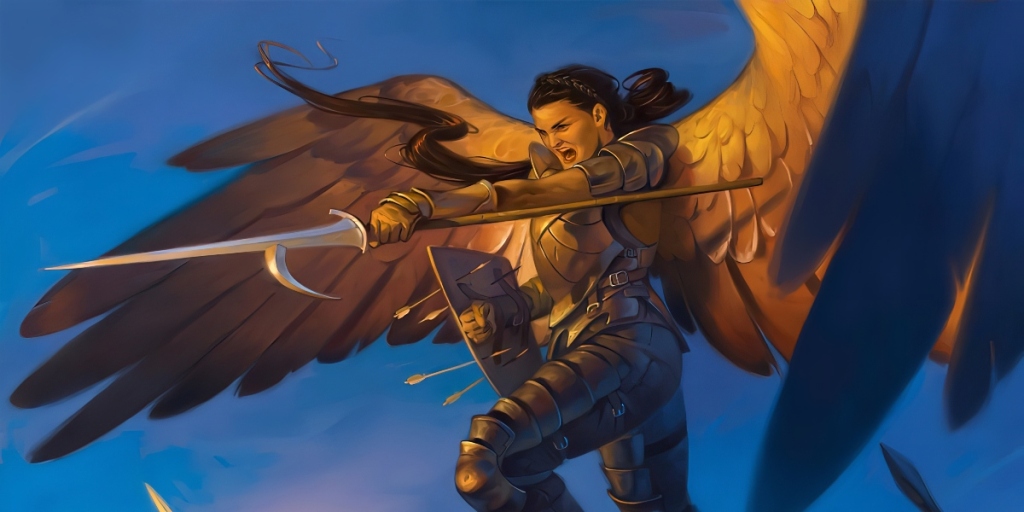
Best Characters: Fighters, Barbarians, Paladins, Rangers, melee Warlocks
Unfortunately, martial feats in D&D 5e tend to encourage far more restrictive weapon choices, whereas spellcaster feats open up new opportunities. Nonetheless, players who focus on the best D&D 5e weapons, such as polearms, can flourish.
Polearm Master rewards martials in D&D 5e who wield halberds or glaives, with slightly lesser rewards for quarterstaffs or spears. It lets them attack with a bonus action after using their action, and use opportunity attacks when foes enter their reach instead of leaving it.
Martials in D&D 5e benefit when they attack more. This isn’t controversial. These benefits are particularly invaluable with characters with little use for their bonus action (like Fighters and Paladins), or who deal bonus damage on every attack (like Rangers, melee Warlocks, Barbarians, or Paladins again).
Polearm Master in D&D 5e also combos infamously well with Sentinel, due to letting a martial stop enemies in their tracks. This is even better with a glaive or halberd, often stranding melee enemies outside of attacking range.
Resilient: Constitution Empowers D&D 5e’s Best Spells
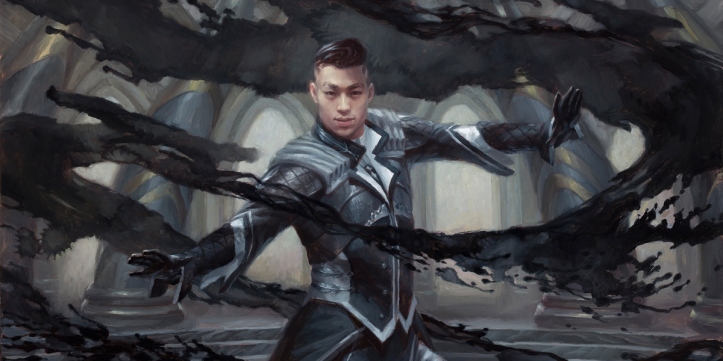
Best Characters: Any spellcaster other than Sorcerer or Artificer
The Resilient feat gives characters an ability score bonus and proficiency in that same score’s saving throws. With Constitution, this helps protect characters from poisons, disease, and many harmful spells.
This isn’t why Resilient: Constitution is one of the best D&D 5e feats for spellcasters. Concentration is one of the few reasonable limits on magic in the system.
To maintain most spells while taking damage or in adverse conditions, a character needs to pass Constitution saving throws. Resilient: Constitution in D&D 5e makes this significantly easier.
It’s even better when you consider that most of D&D 5e‘s best spells require Concentration as a limiter on their power. Resilient pays for itself as a feat when it stops you from losing your most powerful spells every combat.
D&D 5e‘s Resilient: Constitution feat is also easier to take than similar choices. It’s only a half-feat, providing a bonus to Constitution as well. With a well-built character, it provides a hit point boost alongside its Concentration buff.
Sharpshooter Ignores Ranged Combat’s Limitations

Best Characters: Ranged Fighters and Rangers. Anyone else who routinely uses ranged weapons
Sharpshooter is an infamous feat in D&D 5e for its sheer damage boosts. It’s one of a pair of feats (hint: the other will also be in this article) that lets characters take a -5 hit to their accuracy for a +10 boost to their damage.
This is almost always worth the trade-off, especially with Archery’s +2 bonus to hit. It’s doubly true if the attack has advantage or another accuracy buff in D&D 5e (such as the Battle Master Fighter’s Precision Attack).
Sharpshooter would be a top-tier D&D 5e feat if this were its only ability, but it isn’t. Sharpshooter also lets characters disregard half-cover and three-quarters cover, and ignore disadvantage from shooting at long range.
Long range, cover, and slightly lower damage are some of ranged combat’s main drawbacks in D&D 5e. Sharpshooter happily ignores all of them.
It’s one of the best D&D 5e feats for any character who prefers ranged combat, including unusual cases like ranged College of Swords Bards. It’s even better when combined with Crossbow Expert (hint hint) for even more high-damage attacks.
Skill Expert Makes a Character the Best at What They Do
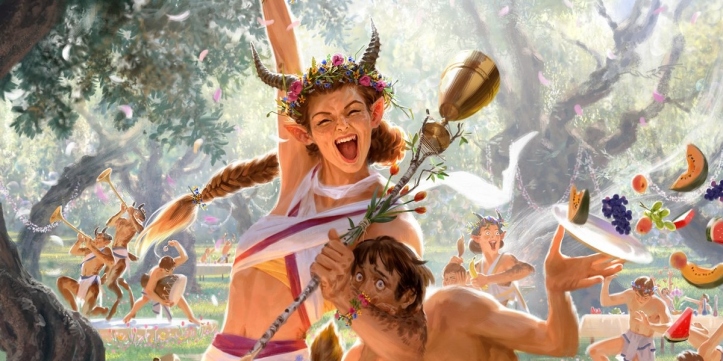
Best Characters: Anyone. Literally anyone.
Skill Expert doesn’t look like one of D&D 5e‘s best feats from its name or relatively innocuous benefits. However, it’s an incredible choice for any character.
Expertise is D&D 5e‘s subtle way of breaking its own maths. Bonuses are deliberately kept low in the system, except for the specific skills that Rogues, Bards, and anyone with Skill Expert decides they want to near-automatically succeed at.
Skill Expert lets any character gain proficiency in any skill they like, and then gain Expertise in any skill they’re proficient in. You can go from hopeless at something to godly in seconds.
In D&D 5e, Skill Expert lets your Barbarian grapple almost anything, ensures your Bard can break any social skill they like, and gives your Druid high enough Perception to hear the sound of d20s rolling.
Even better, it’s one of the rare D&D 5e feats that lets the character put +1 in any ability score of their choice, even if it has nothing to do with the skills. A clever player can take Skill Expert for a substantial boost without dropping behind in the slightest.
Strixhaven Initiate Is Both Limited and Open
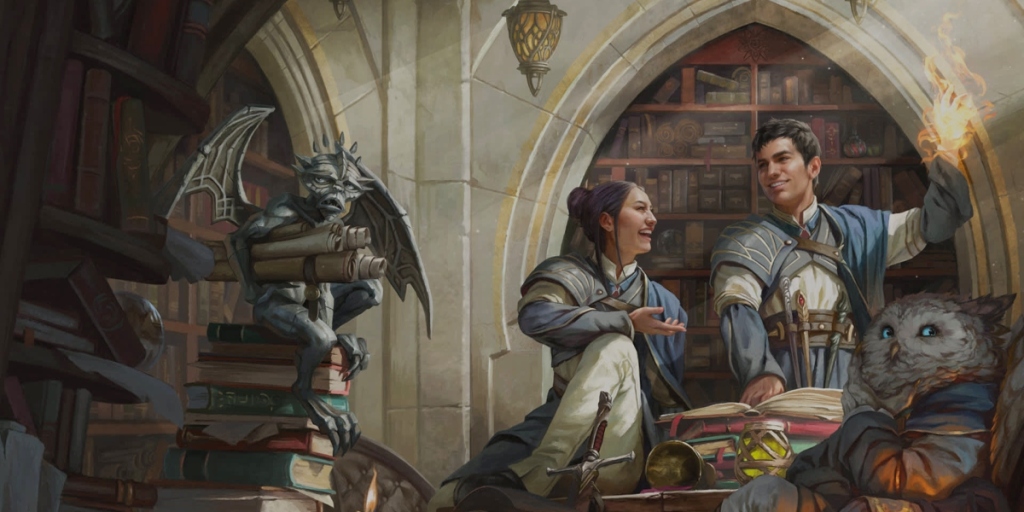
Best Characters: Spellcasters who want more versatility
Strixhaven Initiate is a D&D 5e feat theoretically restricted to the Strixhaven: Curriculum of Chaos campaign and setting. However, many tables take a more relaxed view of these restrictions (or invent their own magic school that totally isn’t Strixhaven or Hogwarts).
It follows a similar vein to Magic Initiate and other D&D 5e spellcasting feats, with its own unique advantages and limitations.
With Strixhaven Initiate, a D&D 5e character chooses one of five houses. This lets them learn two cantrips (from a list of three), and one first-level spell (from a choice of two classes). These spells can be cast with Intelligence, Wisdom, or Charisma, chosen when the feat is taken.
The restricted cantrip selection can be a letdown, but it comes with huge flexibility elsewhere. A player can fit Strixhaven Initiate’s cantrips to their character while getting almost any first-level spell they want with any mental ability score they want.
Basically, school is awesome.
Crossbow Expert Works Perfectly, Just Not As Intended

Best Characters: Fighters, Rangers, Rogues, anyone with a hand crossbow
Crossbow Expert is an unusual D&D 5e feat. It theoretically boosts any crossbow, removing their Loading restriction. However, its other features are either far broader or far more limited than that.
It removes disadvantage for using ranged attacks in close combat. Any ranged attack, that is, even spells. However, its other feature as a D&D 5e feat is the selling point. After attacking with a one-handed weapon, a character can make a bonus action attack with a crossbow.
This gives the mental image of dual-wielding hand crossbows and melee weapons, like a suave duelist.
In actual fact, Crossbow Expert’s best use in D&D 5e is to attack with your hand crossbow (a one-handed weapon), and then use your bonus action to make another attack with your hand crossbow (still a one-handed weapon).
Bonus action attacks rule the day for D&D 5e feats, and Crossbow Expert is no different. It goes especially well with Sharpshooter to make for a top-tier ranged damage build, all using the smallest ranged weapons in the game.
It makes sense, don’t overthink it.
War Caster Gives Game-Changing Benefits to Mages
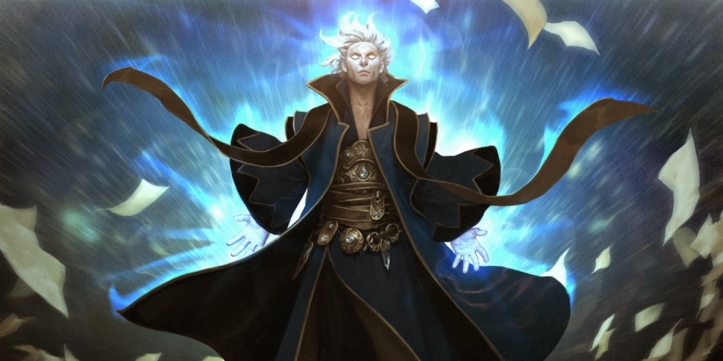
Best Characters: All spellcasters, especially melee fans
Spellcasters have a hard time in D&D 5e. Their immensely powerful abilities have a handful of restrictions. Luckily, War Caster helps lighten this burden significantly.
War Caster’s most obvious benefit as a D&D 5e feat is advantage on Constitution saving throws to maintain Concentration. This prevents a single low roll from wasting a high-level spell, something many casters are grateful for. But wait, there’s more.
D&D 5e‘s War Caster feat also lets a character use a spell’s Somatic components if their hands are full, such as if they’re holding useful things like weapons and shields. They can also replace their weak opportunity attacks with powerful spells, like Disintegrating a fleeing enemy (ethically dubious).
The latter two features of War Caster in D&D 5e do favour melee spellcasters over others. However, every spellcaster can benefit to some degree, particularly from the immensely powerful first benefit.
War Caster’s only downside is being a full feat. However, it’s still one of D&D 5e‘s best feats for melee spellcasters, high-level ones with capped casting scores, or ones with pre-existing Constitution saving throw proficiency.
Great Weapon Master is the Gold Standard for Damage
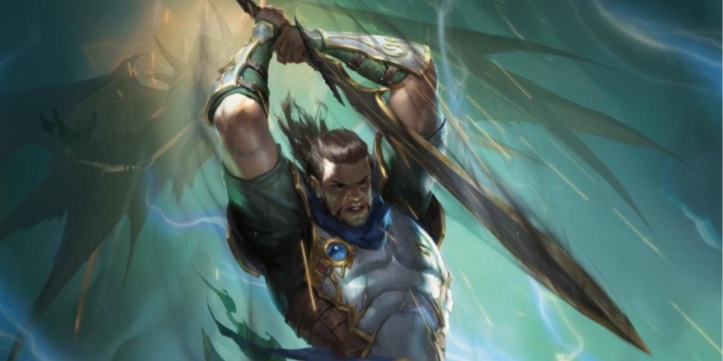
Best Characters: Barbarians. Fighters, Paladins, and melee Rangers with accuracy buffs
Martial characters in D&D 5e excel at damage, while spellcasters excel in most other places. Fortunately, feats like Great Weapon Master exist to really pump their damage up.
Like Sharpshooter, Great Weapon Master lets a character trade -5 to hit for +10 damage. This is less flexible, requiring weapons with the Heavy property. Conveniently, these are already the hardest-hitting weapons in D&D 5e.
Barbarians excel with the Great Weapon Master feat in D&D 5e due to Reckless Attack mitigating the accuracy penalty. Fighters and Paladins have subclass abilities like Precision Attack, Sacred Weapon, or Oath of Vengeance to make up the difference.
Even without these features, -5 to hit for +10 damage is worth it against all but the most heavily-armored foes.
Great Weapon Master also lets characters attack with their bonus action after scoring a kill or a critical hit. This is even more staggering damage, helping cement Great Weapon Master as one of D&D 5e‘s best feats for martial characters.
Fey Touched’s Spells Are Always Invaluable

Best Characters: Everyone except Barbarians. And even then…
Most spellcasting feats limit their free magic to first-level. Fey Touched in D&D 5e points and laughs at this paltry restriction. It’s one of two feats to give second-level spells.
This would already be good. Fey Touched doubles down by making its second-level spell Misty Step, one of D&D 5e‘s best spells for any situation. Any character can benefit from casting this once per day, from Wizards to Fighters.
On top of that, Fey Touched in D&D 5e gives one free first-level Divination or Enchantment spell. This isn’t bound by class list and can be cast with Intelligence, Wisdom, or Charisma.
This opens up powerful options like Hex or Bless to any D&D 5e character. Worse, it includes the infamously powerful Silvery Barbs. Unlike Magic Initiate, either of these spells can be cast with spell slots as well as for free.
D&D 5e almost makes Fey Touched look like a balanced feat by excluding cantrips. However, it also comes with a +1 to Intelligence, Wisdom, or Charisma (the same as the spellcasting ability chosen), letting characters take it without so much as a speed bump.
These have been ten of D&D 5e‘s best feats, twice as long as a usual Artificial Twenty article to really dive deep into options for any class.
If you want to dig deeper into character-building, try reading ‘The Five Best Races and Lineages in D&D 5e‘.
If you miss a certain game with an overpowered Tavern Brawler feat, ‘Five Things D&D 5e DMs Can Learn From Baldur’s Gate 3‘ may comfort you.
Please like this article, comment, and check out other Artificial Twenty pages if you’ve enjoyed it. I’d also really appreciate it if you could share it with your friends, loved ones, and rivals you have a hint of chemistry with. Thanks!